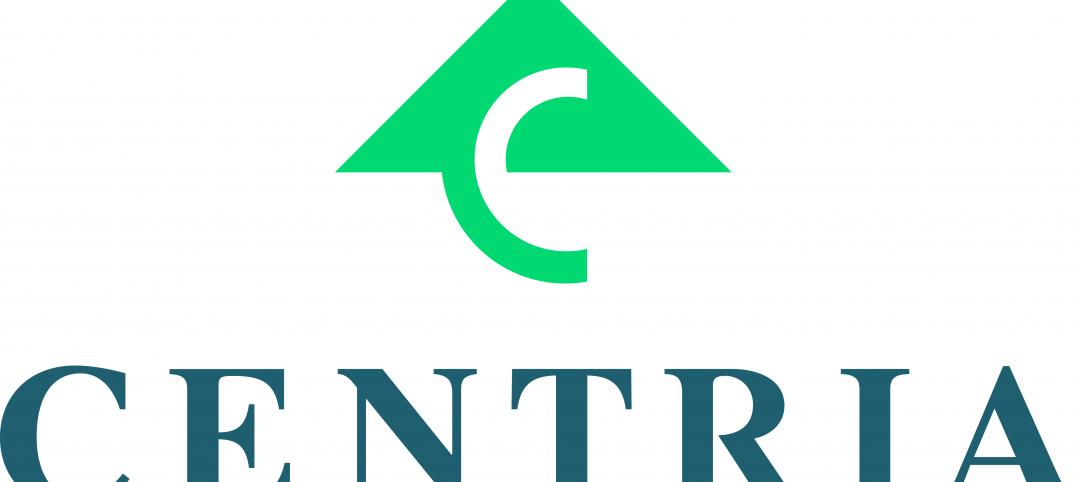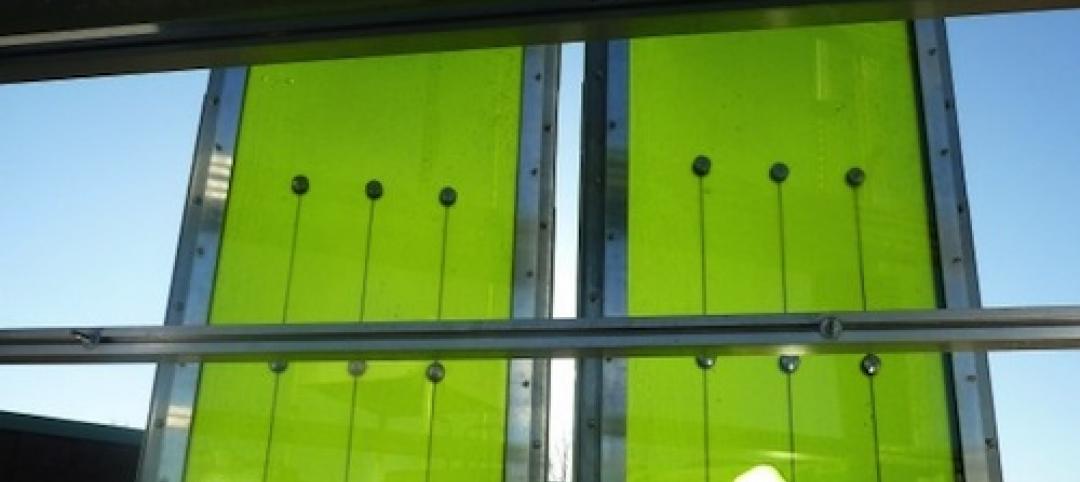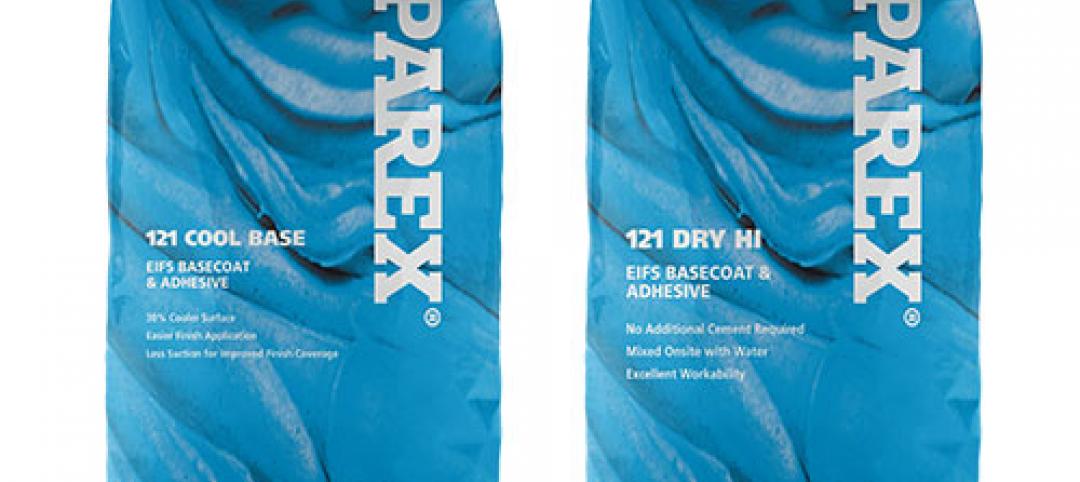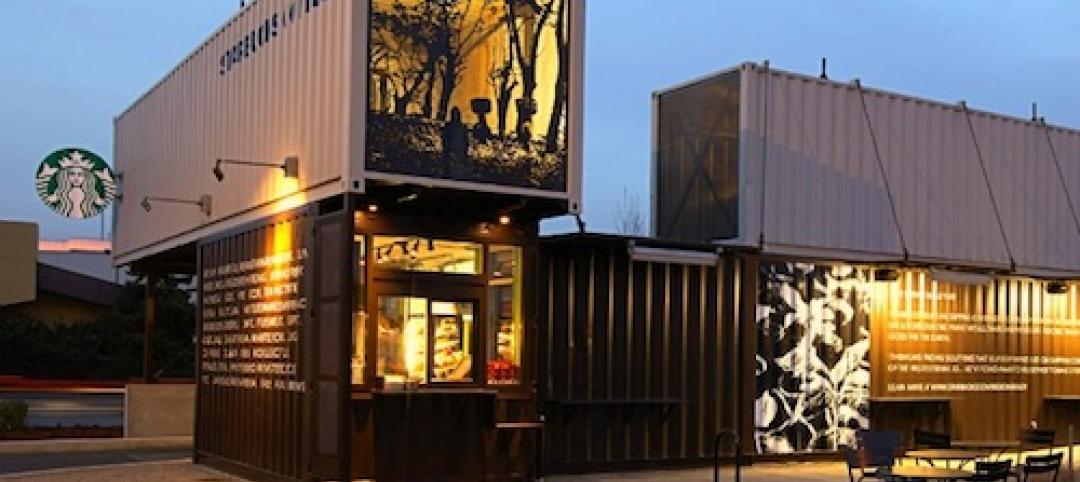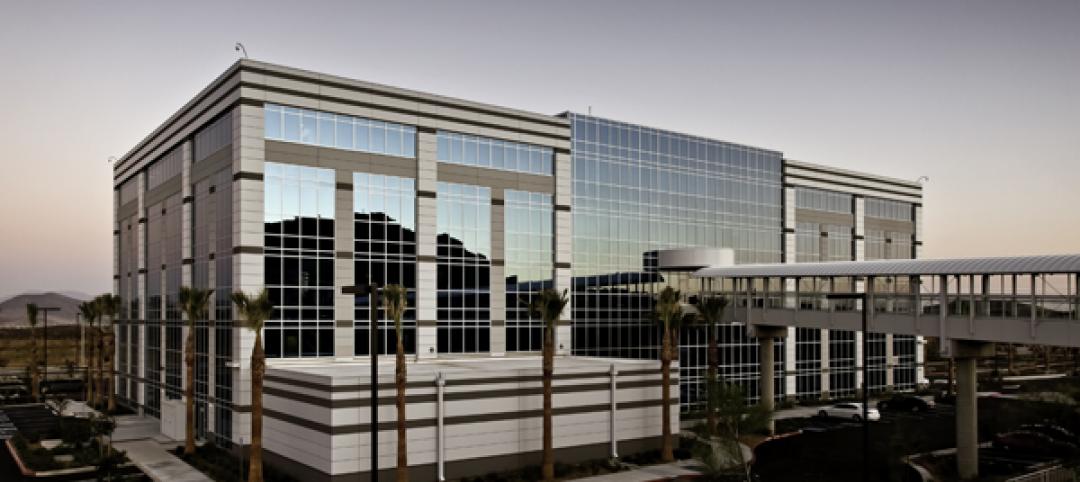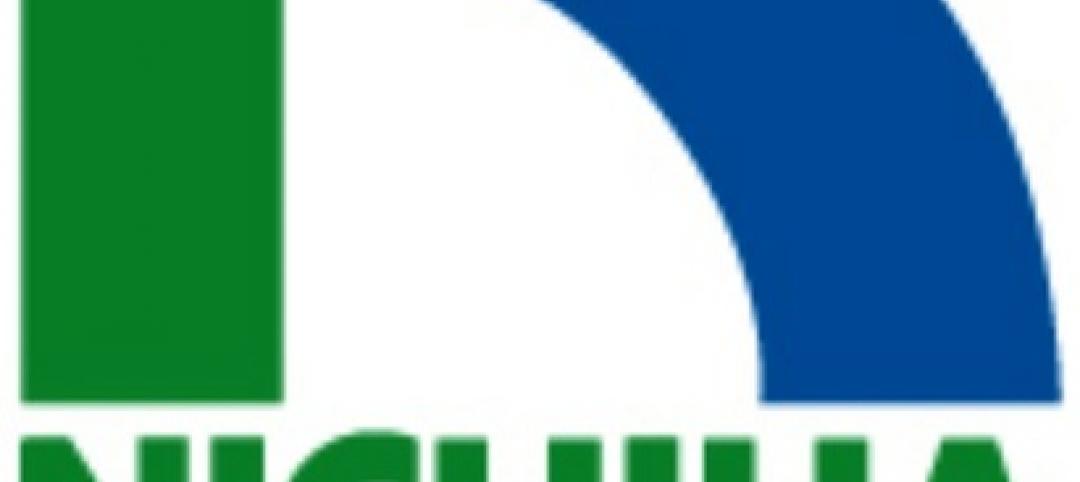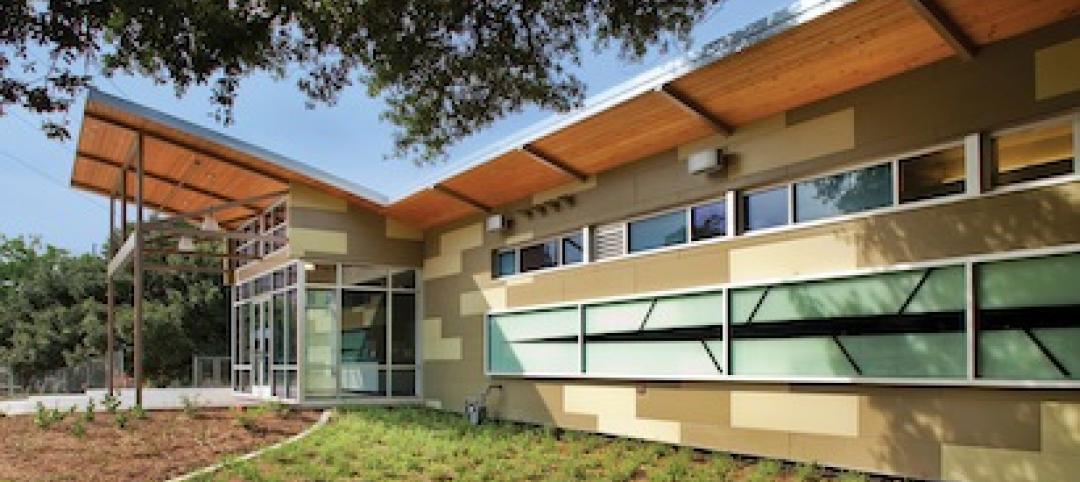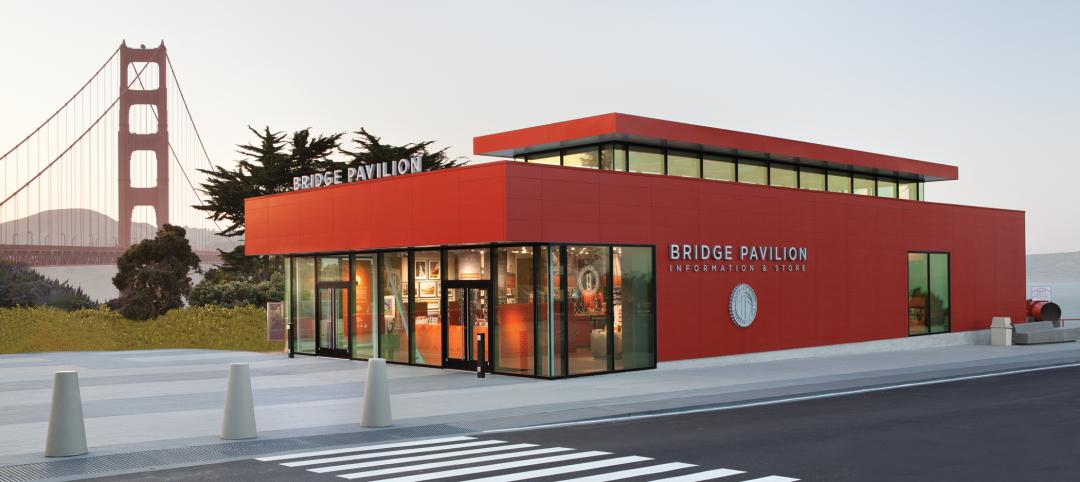A new landmark is currently being built in New York: the One World Trade Center. The corners of the skyscraper's facade will be edged with stainless steel made in Germany. ThyssenKrupp Nirosta (Krefeld) produced the material at its Dillenburg plant using a customized rolling and heat-treatment process. Partner company Christian Pohl GmbH (Cologne) fabricated this high-quality material into complex facade elements for the corners of the One World Trade Center - some 250 tons in total. After the shipment to the USA, the installation work of these elements has just started.
One World Trade Center is owned by the Port Authority of New York & New Jersey and its construction is being managed by Tishman Construction Corporation of New York. Work on the project began in 2006. The building will have 2.6 million square feet of rentable space, the gross square footage is 3.5 million square feet. The high-rise itself will be 417 meters tall, topped with a 124-meter antenna. The total height of 541 meters corresponds exactly to 1,776 feet, a reference to the American Declaration of Independence in 1776. Adjacent to the tower will be a museum and memorial to the victims of September 11, 2001.
The final architectural design of the building now under construction was drawn up in the New York office of the international architectural firm Skidmore, Owings & Merill. The outer facade of the skyscraper will be made of glass. Above the 60-meter-high base, the metal frames surrounding the glass panes will be clad with stainless steel panels. The outstanding architectural feature of the design is that the edges of the building rotate through an angle of 45 degrees from the base upwards. All the corner elements therefore have to be made in a tapering form in line with this axial rotation.
These 1 by 4 meter (40 by 160 inches) facade elements are being made from the corrosion-resistant chromium-nickel-molybdenum stainless steel alloy Nirosta 4404 with a textured finish "Laser" specially designed for this project. "Our material meets the extremely high requirements for uniform surface quality with no streaking or shadowing from any angle regardless of light conditions," says Gert Weiß, head of product service at ThyssenKrupp Nirosta. And Heinrich Robert Pohl, managing director of Christian Pohl GmbH, adds: "Such complex jobs call for supreme technical competencies and a wealth of manufacturing experience. With a high-tech solution we were able to win our extremely demanding customers over to this jointly developed, high-quality German product."
For the US companies involved in the One World Trade Center, the fact that owner, architects and client chose material made in Germany was not without significance. "The quality of our product helped us to win the contract for this out-of-the-ordinary project. Ultimately we regard it as an accolade to be a part of this globally known project in the heart of New York which means so much to so many Americans," emphasize ThyssenKrupp Nirosta and Christian Pohl GmbH, both of whom are based in North Rhine-Westphalia (Germany).
ThyssenKrupp Nirosta in Krefeld (Germany) is one of the world's leading manufacturers of stainless flat products with a broad range of stainless steel grades, sizes and finishes. The company has several sites in Germany and employs around 4,200 people.
ThyssenKrupp Elevator, a sister company of ThyssenKrupp Nirosta, has been also contributing to the project. ThyssenKrupp Elevator was in fact awarded a contract to install all 71 elevators, nine escalators as well as the maintenance of the One World Trade Center.
Christian Pohl GmbH is a longstanding Cologne-based company with activities in metal processing, sheet metal structures and the production of metal facades. The international Pohl group employs around 500 people.
Related Stories
| Mar 6, 2013
Centria announces leadership changes
CENTRIA President Mark Sherwin has announced his retirement beginning April 1, 2013. Sherwin has served as president of CENTRIA, an industry leader in the design, development and manufacture of architectural metal wall and roof systems, for more than 17 years.
| Mar 6, 2013
German demonstration building features algae-powered façade
Exterior of carbon-neutral demonstration building consists of hollow glass panels containing micro-algae "farms."
| Feb 28, 2013
Parex introduces cooler and stronger EIFS basecoats and adhesives
Parex USA, Inc., the parent company of leading building material brands; Parex, Teifs, LaHabra, El Rey, and Merkrete, unveils two new Parex EIFS basecoats & adhesives – 121 Cool Base and 121 Dry HI (High Impact).
| Feb 22, 2013
Starbucks pilot program rolls out small, modular stores
Coffee giant Starbucks is rolling out mini-stores with maximum local flavor, as part of an international pilot program.
| Oct 24, 2012
Loma Linda University Medical Center lets light in with metal wall systems
Designers for the building aimed to create a positive environment for patients and visitors, and wanted to let in as much natural daylight as possible.
| Oct 22, 2012
Nichiha USA to unveil corporate rebranding with remodeled website
Nichiha USA, a manufacturer of fiber cement siding and cladding, will launch its new corporate identity Nov. 1 with the debut of a redesigned website.
| Oct 9, 2012
Texas Goes Bigger with High-Profile Community Rowing House
Community rowing club chooses sustainable cladding for its modern rowing house
| Jun 22, 2012
Golden Gate Bridge Celebrates 75 Years With the Opening of New Bridge Pavilion
With features such as Nichiha's Illumination series panels, super-insulating glass units, and LED lighting, the new Golden Gate Bridge Pavilion not only boasts the bridge's famous international orange, but green sustainability as well


